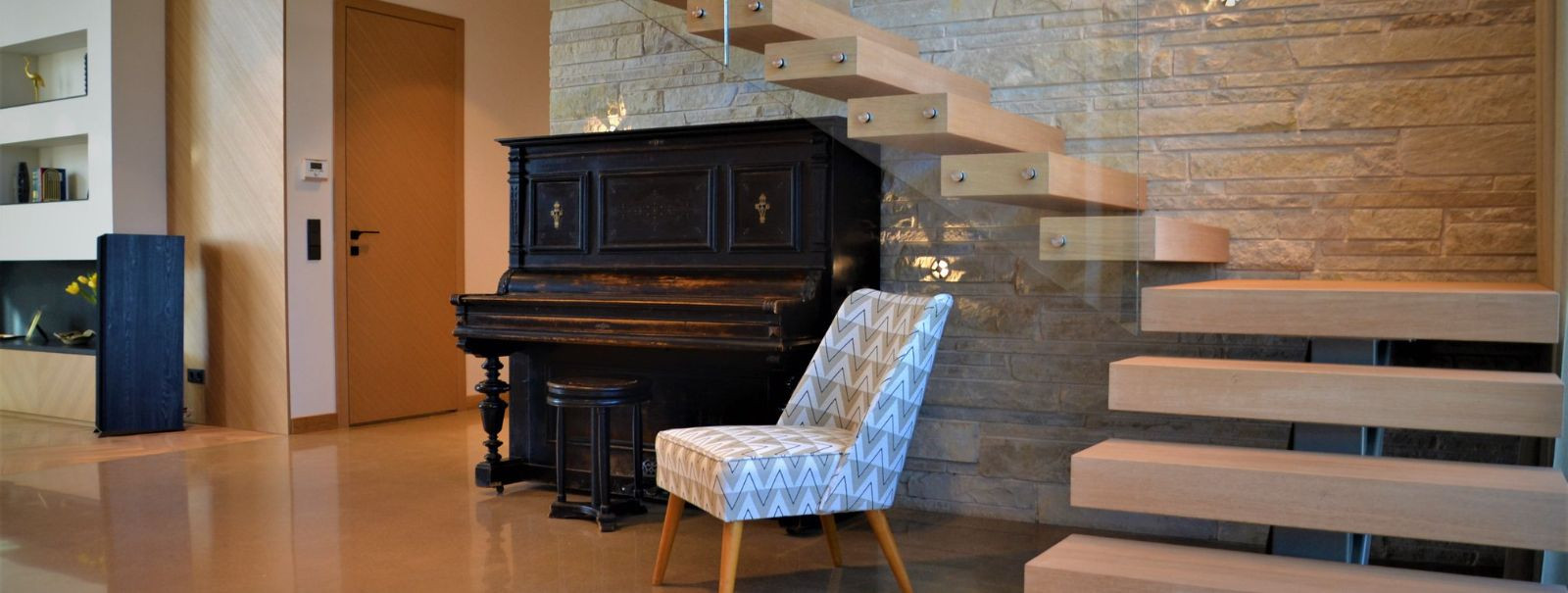5 tips for choosing the right interior colors
Choosing the right interior colors is a crucial part of creating a space that reflects your style and meets your functional needs. Colors have the power to transform a room, evoke emotions, and even affect our well-being. In this guide, we'll explore five essential tips to help you select the perfect palette for your interiors.
Color can dramatically alter the perception of a space. It can make rooms feel more spacious or intimate, and it can highlight or downplay architectural features. The right color choice can complement furniture and artwork, creating a harmonious environment.
Colors are not just visual elements; they also have psychological effects that can influence mood and behavior. Understanding these effects is key to creating a space that aligns with the desired ambiance.
Tip 1: Assess the Room's Natural Light
The amount of natural light a room receives can significantly impact how colors appear. Rooms with plenty of sunlight can handle darker shades, while those with limited light may benefit from lighter tones.
It's important to consider how colors will change throughout the day as the natural light shifts. Test your colors at different times to ensure they provide the desired effect.
Tip 2: Start with a Color Scheme
A color scheme is a selection of colors that work well together. There are several types of color schemes, such as monochromatic, analogous, and complementary, each creating a different look and feel.
Creating a cohesive color palette involves selecting a primary color and building around it with secondary and accent colors. This approach ensures balance and unity within the space.
Tip 3: Think About the Mood You Want to Create
Different colors can evoke different emotions. For example, blues are calming, while reds are energizing. Choose colors that support the mood you want to achieve in each room.
The function of the room should guide your color choices. For instance, restful colors are ideal for bedrooms, while vibrant colors may be better suited for entertainment areas.
Tip 4: Use Color to Enhance Room Size and Shape
Light colors can make a small room feel larger and airier, while dark colors can create a cozy, intimate atmosphere. Use color strategically to manipulate the perception of space.
Use color to draw attention to or away from certain features. A contrasting color can highlight a beautiful fireplace, while a harmonious color can help disguise less appealing elements.
Tip 5: Test Your Colors Before Committing
Before making a final decision, it's essential to test paint colors in the actual environment. Observe how different lighting conditions affect the color throughout the day.
Apply a large swatch of paint to the wall and live with it for a few days. This will help you determine if the color truly works for you in different lighting and with your daily routine.






Comments (0)